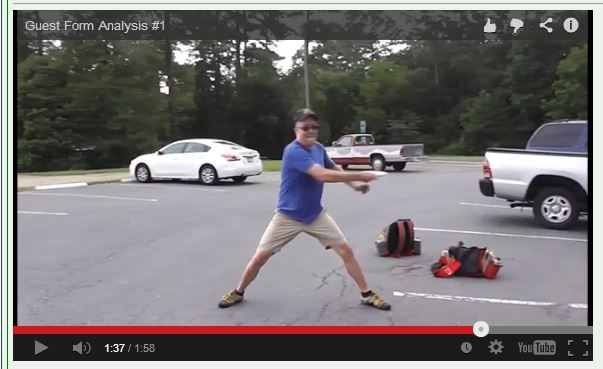PerpetualNewbie
Birdie Member
Ok, for you sports scientists and form analysis masters amongst us, do you feel that the martial arts horse stance is a good approximation to what your form should look like when you start your pull?
I went through another frustrating timing/balance/form battle recently, and while trying to correct my falling-forward/balance issue, something in my head clicked back to about 20 years ago when I was involved in martial arts, and the horse stance came to mind.
Concentrating on dropping into an approximation of a horse stance as the final step of my run-up has given me a repeatable fix for the problems I was having and gotten my distances back up to where they were.
Not sure if this will help anyone else, but if you've had some martial arts experience, especially karate or TKD, then this tip might help you like it did me...
I went through another frustrating timing/balance/form battle recently, and while trying to correct my falling-forward/balance issue, something in my head clicked back to about 20 years ago when I was involved in martial arts, and the horse stance came to mind.
Concentrating on dropping into an approximation of a horse stance as the final step of my run-up has given me a repeatable fix for the problems I was having and gotten my distances back up to where they were.
Not sure if this will help anyone else, but if you've had some martial arts experience, especially karate or TKD, then this tip might help you like it did me...
